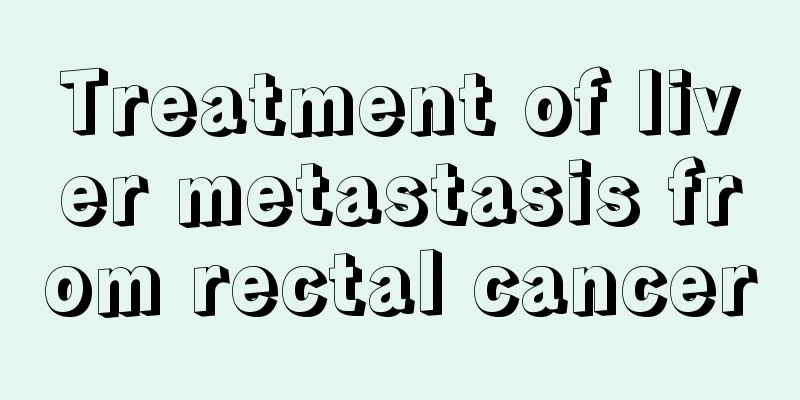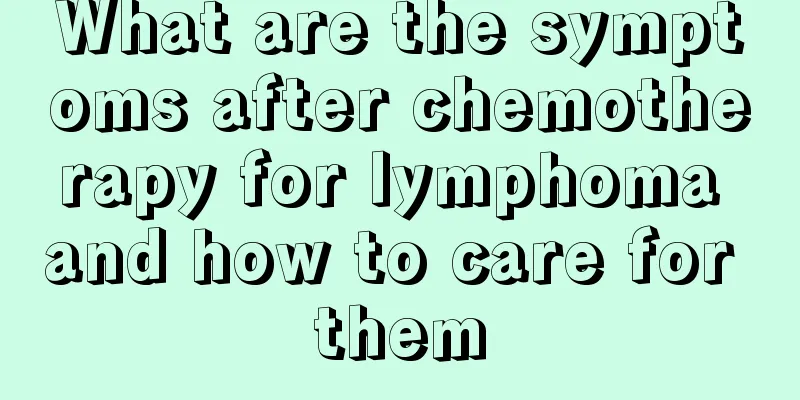What is narcolepsy and what are its clinical manifestations

|
There are more than 50,000 confirmed cases of narcolepsy in our country, but at the same time, the public's awareness of what narcolepsy is is very low. Some people do not understand the condition of narcolepsy and even think it is just a symptom of sleepiness. However, narcolepsy is a fatal disease that requires patients to treat it seriously and seek medical treatment in a timely manner. 1. What is narcolepsy? Narcolepsy is a chronic sleep disorder of unknown cause, clinically characterized by irresistible short-term sleep attacks, which often begin in childhood or adolescence. It is often accompanied by other symptoms such as cataplexy, sleep paralysis, and sleep hallucinations, collectively known as the narcolepsy tetrad. The term narcolepsy was first coined by Gelineau in 1880, so this disease is also called Gelineau syndrome. 2. Clinical manifestations 1. Excessive daytime sleepiness The main manifestation is irresistible short-term sleep attacks during the day, which often occur 3-4 hours after waking up. Although the individual tries to stay awake during the attack, he cannot control himself and quickly falls asleep. Sleep usually lasts for several minutes and may occur multiple times a day. The attacks occur regardless of time, place or activity. 2. Cataplexy It manifests as a sudden involuntary bowing of the head or sudden falling to the ground, but the patient remains conscious. It usually only lasts for a few seconds and usually only occurs once a day. Cataplexy is caused by a transient or complete loss of partial or total muscle tone. 3. Hallucinations before falling asleep It manifests as a vivid dream-like experience before falling asleep or waking up, with auditory hallucinations being the most common, but visual and tactile hallucinations may also be seen. Hypnagogic hallucinations occur in 12% to 50% of patients with narcolepsy. Patients may experience vivid and often unpleasant sensory experiences, including visual, tactile, motor, or auditory experiences, before falling asleep or when waking up. 4. Sleep paralysis Sleep paralysis, also known as sleep paralysis, occurs in 15%-34% of patients with narcolepsy. Sleep paralysis is a terrifying experience in which narcolepsy patients cannot move their entire body or speak when they wake up from sleep, with only breathing and eye movements being unaffected. 5. Automatism About half of the patients have automatic symptoms. They experience simultaneous or rapid transitions between wakefulness and sleep while seemingly awake, such as inappropriate speech and behavior, aimless long-distance driving, and even shoplifting. These symptoms may last for a few seconds, an hour or longer, and they will completely forget what happened afterwards. 6. Insomnia Many patients suffer from insomnia. Frequent hypnagogic hallucinations or sleep paralysis may cause intermittent sleep at night and make them unable to sleep through the night. It may also be because of excessive daytime sleepiness that interferes with sleep at night. The total sleep hours of narcolepsy patients in a 24-hour day are no longer than those of normal people. |
<<: Learn the four steps to master the method of making sesame oil
>>: What is sesame oil and what are its effects and functions
Recommend
The simplest way to judge colon cancer
The simplest way to make a preliminary judgment o...
Treatment methods for recurrence of nasopharyngeal carcinoma
How to treat recurrence of nasopharyngeal carcino...
Will acupuncture damage nerves?
Acupuncture is a common health care method in Tra...
Does pituitary tumor still need treatment?
Do pituitary tumors still need treatment? Some pa...
4 health tips to help you maintain your health
Health is everyone's most precious wealth. If...
What to do if stomach heat and bitter taste in the mouth, is there any good remedy
It is inevitable that the body will have some min...
How to eliminate tear troughs?
Most people have tear troughs. For those who love...
What is the saying about a mirror facing the bed? Is it good to have a mirror facing the bed?
Some people say that it is not good to have a mir...
How to remove hair from a mole
Many people have moles, and sometimes hair grows ...
How to care after lip bleaching
With the rapid development of science and technol...
Will depression cause wild thoughts?
In recent years, the number of young people suffe...
What should I do if small blisters appear on the lips?
Lips are one of the important components of our f...
What to do if your stomach feels uncomfortable after drinking
Drinking less alcohol in daily life can help prom...
Is plum pit qi an early symptom of esophageal cancer?
Plum pit qi is not an early symptom of esophageal...
Which methods of removing dandruff and relieving itching are more effective?
In autumn, due to the dry climate, many friends w...









